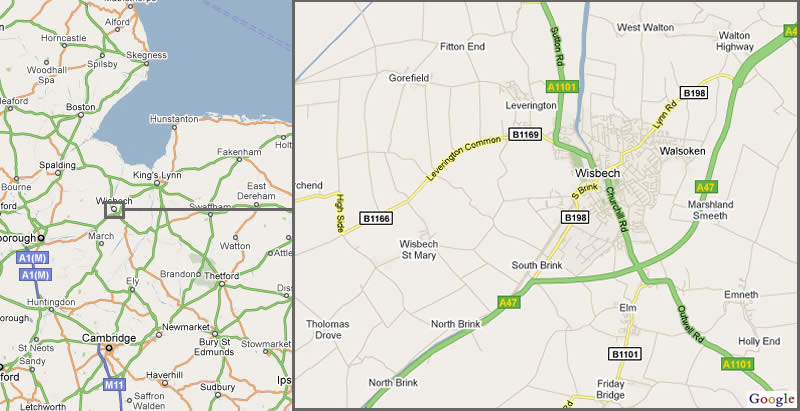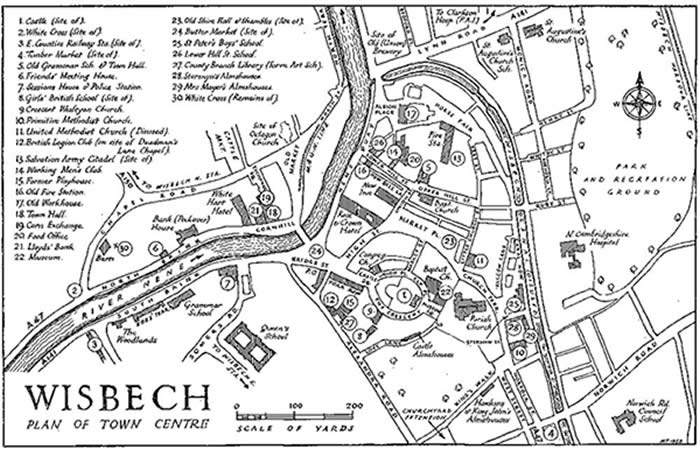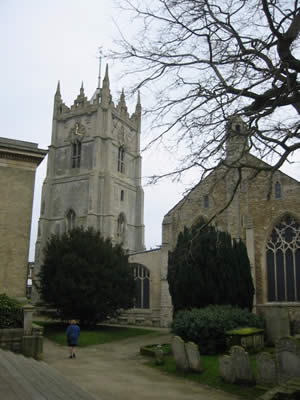
Wisbech, Cambridgeshire

WISBECH IN THE 18th CENTURY By 1700 Wisbech probably had a population of around 2,500. By 1800 it had risen to 4,700. That may seem very small to us but by the standards of the town it was a fair sized market town. WISBECH IN THE 19th CENTURY In the 19th century life in Wisbech continued to improve (at least for the well off). An act of parliament of 1810 gave Wisbech corporation powers to pave, clean and light the streets. Following this act the town hall was built. WISBECH IN THE 20th CENTURY In the 20th century industries in Wisbech included canning, brewing and light engineering. In 1921 a war memorial was erected in Wisbech. In 1931 a concrete bridge was built over the river. By that year the population of Wisbech had risen to 12,000 and it continued to rise steadily. In the second half of the 20th century a new suburb grew on Mount Pleasant Bank. Wisbech Rugby Club was founded in 1947. Wisbech remained a busy port. However leisure craft became increasingly important and it is now a popular port for yachts. |
Wisbech: (1887, John Bartholomew's Gazetteer of the British Isles) Wisbech.-- (or Wisbeach), mun. bor., par. (Wisbech St Peter), market town, and port, Isle of Ely, Cambridgeshire, on river Nen, 22 miles NE. of Peterborough, 6432 ac., pop. 9249; P.O., T.O., 3 Banks, 3 newspapers. Market-days, Thursday and Saturday. The river, which is crossed by an iron bridge, and is joined to the Ouse by the Wisbech Canal, has been greatly improved for navigation, and admits of vessels of between 400 and 500 tons discharging their cargoes near the town. The chief trade is in the export of agricultural produce, and the import of timber, coal, &c. (For shipping statistics, see Appendix.) The ancient parish church has a double nave and a fine detached tower. A monument has been erected to Thomas Clarkson (1760-1846), the slavery abolitionist, who was a native. Wisbech acquired a castle in 1071 from William the Conqueror. Between the years 1236 and 1614 Wisbech was four times inundated by the sea. It was made a mun. bor. in the time of Edward VI |
 St. Mary's Church |
 Church of St. Peter & St. Paul |